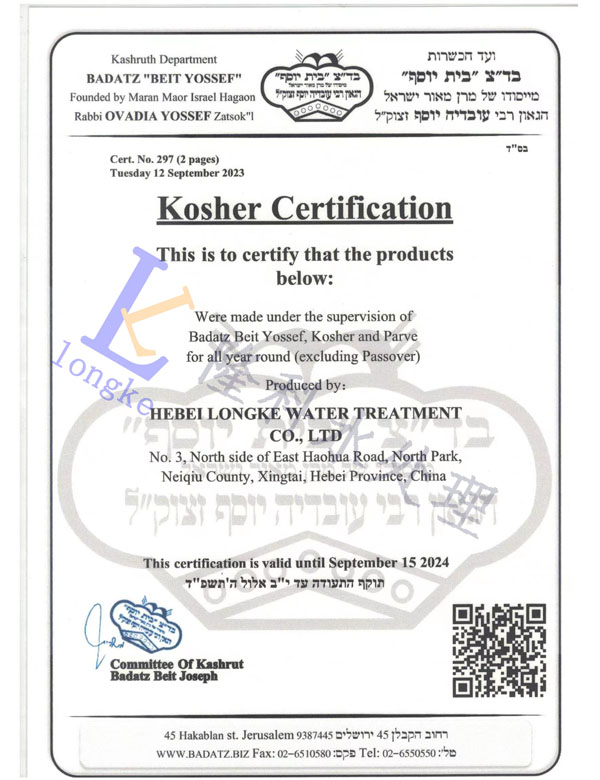Chloroisothiazolinone and Its Applications in Industrial and Household Products
Chloroisothiazolinone Understanding Its Uses, Safety, and Environmental Impact
Chloroisothiazolinone (CIT) is a synthetic biocide that belongs to the isothiazolinone family. It is commonly used as a preservative in various industrial and consumer products, including paints, adhesives, cosmetics, and personal care items. The compound is particularly effective in preventing the growth of bacteria, fungi, and other microorganisms, making it a valuable component in formulations that require long-term protection against microbial contamination.
Chloroisothiazolinone Understanding Its Uses, Safety, and Environmental Impact
Despite its benefits, the use of chloroisothiazolinone has raised concerns regarding safety and potential health effects. Studies have indicated that CIT can cause skin sensitization and allergic reactions in some individuals, leading to its classification as a potential allergen. As a result, regulatory agencies in various countries have set limits on the amount of CIT that can be used in cosmetic and personal care products. For instance, in Europe, the concentration of chloroisothiazolinone in leave-on products is restricted, reinforcing the need for manufacturers to comply with stringent safety guidelines.
chloro isothiazolinone

Furthermore, the environmental impact of chloroisothiazolinone is another area of concern. As a biocide, there is a risk of CIT entering aquatic systems through wastewater. This could potentially disrupt local ecosystems by affecting non-target species, including beneficial microorganisms that play key roles in the environment. Consequently, there is an ongoing discussion about the need for sustainable alternatives to chlorine-based biocides like CIT, as well as changes in regulations to minimize environmental exposure.
In light of these concerns, the formulation of products containing chloroisothiazolinone has evolved over the years. Manufacturers are increasingly seeking ways to reduce the quantity of CIT used, often opting for combination with other preservatives to maintain product efficacy while mitigating potential risks. Additionally, the development of more bio-friendly alternatives is becoming a priority in the industry, driven by consumer demand for safer and more sustainable products.
Public awareness of the implications associated with chloroisothiazolinone continues to grow, leading to a more informed consumer base that actively seeks information about the ingredients in the products they use. Consequently, companies are now focusing on transparency in their ingredient listings and are adopting measures to ensure products are not only effective but also safe for both consumers and the environment. This shift reflects a broader trend towards sustainability and responsibility in product development.
In conclusion, while chloroisothiazolinone presents significant benefits as an antimicrobial agent in various applications, it is essential to weigh these advantages against safety and environmental considerations. Ongoing research and regulatory scrutiny are critical to ensuring that its use minimizes risks to human health and the ecosystem. As the industry moves towards safer, more sustainable practices, the future of chloroisothiazolinone and similar compounds will likely depend on finding a balance between efficacy and safety.
-
Water Treatment with Flocculant Water TreatmentNewsJun.12,2025
-
Polymaleic AnhydrideNewsJun.12,2025
-
Polyaspartic AcidNewsJun.12,2025
-
Enhance Industrial Processes with IsothiazolinonesNewsJun.12,2025
-
Enhance Industrial Processes with PBTCA SolutionsNewsJun.12,2025
-
Dodecyldimethylbenzylammonium Chloride SolutionsNewsJun.12,2025





